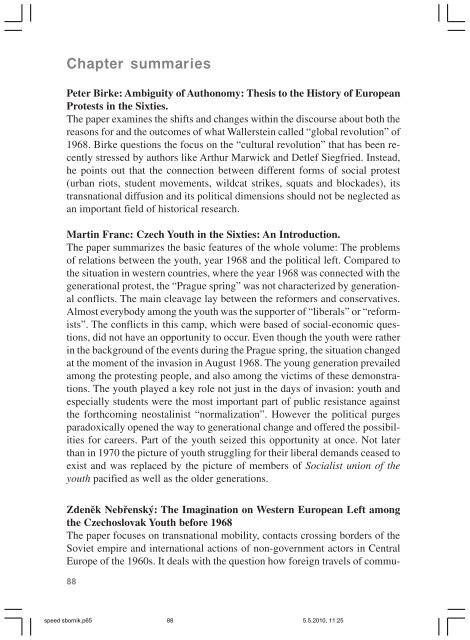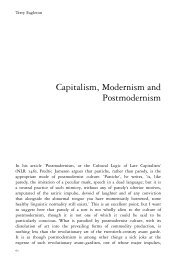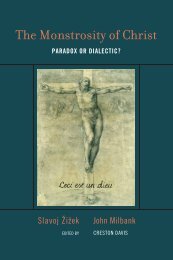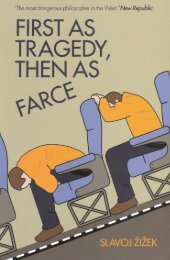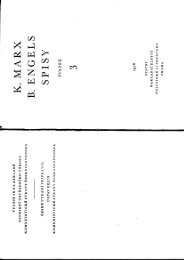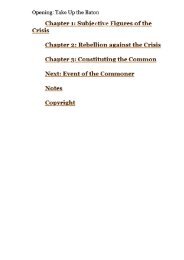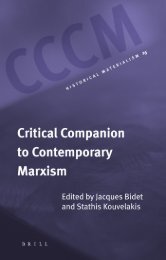Martin Franc-Stanislav Holubec (eds.): MladÃ, levice a rok 1968 - SOK
Martin Franc-Stanislav Holubec (eds.): MladÃ, levice a rok 1968 - SOK
Martin Franc-Stanislav Holubec (eds.): MladÃ, levice a rok 1968 - SOK
Create successful ePaper yourself
Turn your PDF publications into a flip-book with our unique Google optimized e-Paper software.
MladÌ, <strong>levice</strong> a <strong>rok</strong> <strong>1968</strong>Chapter summariesPeter Birke: Ambiguity of Authonomy: Thesis to the History of EuropeanProtests in the Sixties.The paper examines the shifts and changes within the discourse about both thereasons for and the outcomes of what Wallerstein called “global revolution” of<strong>1968</strong>. Birke questions the focus on the “cultural revolution” that has been recentlystressed by authors like Arthur Marwick and Detlef Siegfried. Instead,he points out that the connection between different forms of social protest(urban riots, student movements, wildcat strikes, squats and blockades), itstransnational diffusion and its political dimensions should not be neglected asan important field of historical research.<strong>Martin</strong> <strong>Franc</strong>: Czech Youth in the Sixties: An Introduction.The paper summarizes the basic features of the whole volume: The problemsof relations between the youth, year <strong>1968</strong> and the political left. Compared tothe situation in western countries, where the year <strong>1968</strong> was connected with thegenerational protest, the “Prague spring” was not characterized by generationalconflicts. The main cleavage lay between the reformers and conservatives.Almost everybody among the youth was the supporter of “liberals” or “reformists”.The conflicts in this camp, which were based of social-economic questions,did not have an opportunity to occur. Even though the youth were ratherin the background of the events during the Prague spring, the situation changedat the moment of the invasion in August <strong>1968</strong>. The young generation prevailedamong the protesting people, and also among the victims of these demonstrations.The youth played a key role not just in the days of invasion: youth andespecially students were the most important part of public resistance againstthe forthcoming neostalinist “normalization”. However the political purgesparadoxically opened the way to generational change and offered the possibilitiesfor careers. Part of the youth seized this opportunity at once. Not laterthan in 1970 the picture of youth struggling for their liberal demands ceased toexist and was replaced by the picture of members of Socialist union of theyouth pacified as well as the older generations.88Zdeněk Nebřenský: The Imagination on Western European Left amongthe Czechoslovak Youth before <strong>1968</strong>The paper focuses on transnational mobility, contacts crossing borders of theSoviet empire and international actions of non-government actors in CentralEurope of the 1960s. It deals with the question how foreign travels of commuspe<strong>eds</strong>bornik.p65 885.5.2010, 11:25


